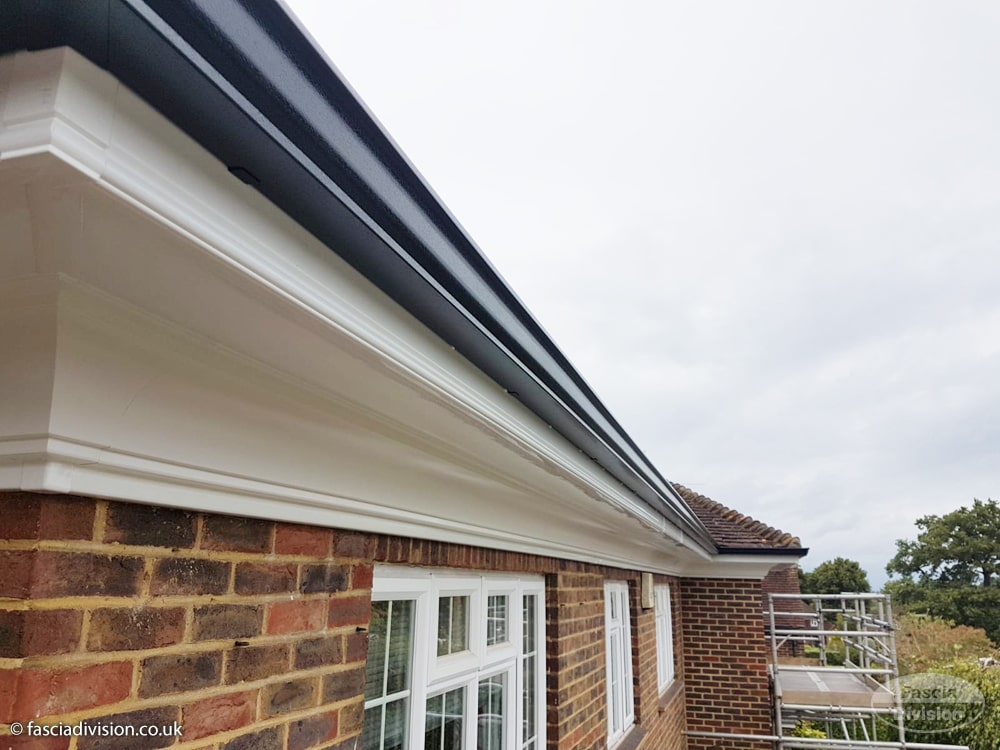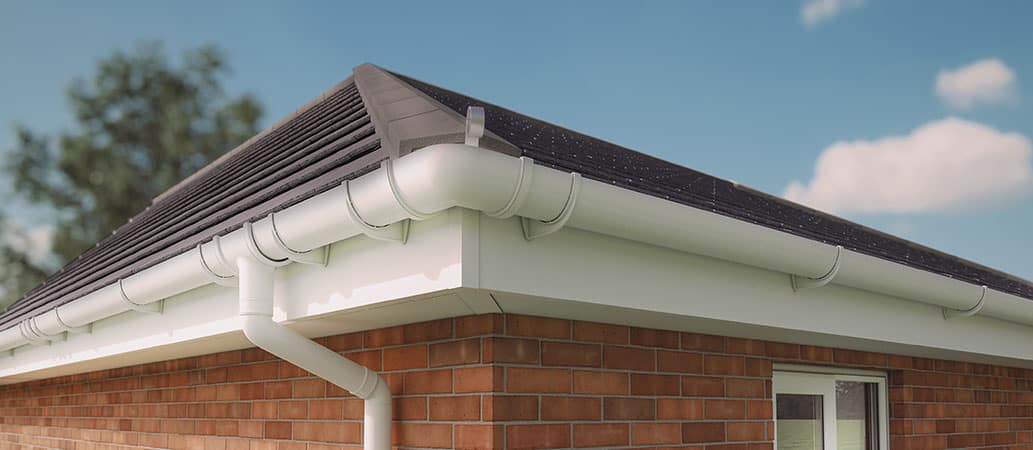
Gutter Replacement
Add a review FollowOverview
-
Founded Date August 3, 1965
-
Posted Jobs 0
-
Viewed 20
Company Description
What’s The Job Market For Fascia Board Repair Professionals?
Fascia Board Repair: A Comprehensive Guide
Fascia boards play a vital function in the structural integrity of a home. They are the long, straight boards that run along the lower edge of the roofing system; they serve both practical and visual purposes. In time, fascia boards can experience damage due to the components, bugs, or poor drainage systems. This article aims to supply an extensive understanding of fascia board repair, detailing important information on determining damage, repair techniques, and maintenance tips for property owners.
Comprehending Fascia Boards
Fascia boards are typically made from wood, vinyl, or aluminum. Their primary function is to support the bottom row of roof shingles and conceal the rafters, hence providing a clean and finished want to the roofline. Moreover, fascia boards likewise play a crucial role in securing your home from water damage by assisting to direct rainwater far from your house through seamless gutters.
Why Repair Fascia Boards?
Damaged fascia boards can lead to a plethora of problems, including:
- Water damage: Allowing wetness to penetrate the roofing structure, leading to mold and structural decay.
- Bug intrusions: Damage can provide entry points for insects like squirrels or pests.
- Visual problems: Cracked, distorted, or peeling fascia can interfere with a home’s curb appeal.
Determining Damage
Before continuing with repairs, it is crucial to recognize the condition of your fascia boards. Some common indications of damage include:
- Rotting wood: Often resulting from extended exposure to wetness.
- Peeling paint: Indicates moisture intrusion or insufficient sealing.
- Fractures or divides: Can occur due to thermal expansion or severe weather condition conditions.
- Sagging or removed boards: May be indicative of structural concerns or insects.
Table 1: Common Fascia Board Damage Types
| Damage Type | Description | Cause |
|---|---|---|
| Decomposing | Soft, spongy texture | Extended wetness exposure |
| Peeling Paint | Flaking or blistering paint | Moisture infiltration |
| Cracks | Visible cracks | Thermal growth |
| Drooping | Board is not aligned appropriately | Structural damage |
| Insects | Holes or tunnels in the board | Entry by rodents/insects |
Fascia Board Repair Techniques
Repairing fascia boards includes numerous techniques based upon the type and level of damage. Below work strategies for fascia board repair.

1. Minor Damage: DIY Repair
For small damages, property owners can typically handle repairs with basic tools.

Products Needed:
- Wood filler or epoxy
- Paint or sealant
- Sandpaper
- Putty knife
- Guide (if repainting)
Steps:
- Assess Damage: Identify the degree of damage and identify if the whole board needs replacement or if repairs are sufficient.
- Clean Area: Remove any debris or loose paint.
- Fill Gaps: Apply wood filler or epoxy to fractures or holes utilizing a putty knife.
- Sand Smooth: Once dry, sand the fixed location to develop a smooth surface.
- Paint/Seal: Apply primer and paint to match the fascia.
2. Substantial Damage: Board Replacement
If a fascia board is badly harmed, a complete replacement may be necessary.
Products Needed:
- New fascia board (wood, vinyl, or aluminum)
- Nails or screws
- Hammer or drill
- Safety safety glasses and gloves
- Guide and paint (if wooden)
Steps:
- Remove Damaged Board: Carefully take out the harmed fascia using a crowbar or saw, guaranteeing not to interrupt surrounding products.
- Procedure and Cut: Measure the new board to the same length as the old one and cut accordingly.
- Attach New Board: Position the new fascia board and secure it with nails or screws, ensuring it is flush against the roofline.
- Complete: Paint or seal the new board to protect against moisture.
3. Professional Help
For extensive damage or homeowner unpredictability, employing a professional contractor might be the very best choice. A competent contractor can assess the scenario accurately and ensure that any repairs or replacements depend on market standards.
Maintenance Tips for Fascia Boards
To prolong the life of fascia boards and prevent future damage, consider the following maintenance ideas:
- Regular Inspection: Check fascia boards at least when a year for indications of damage.
- Tidy Gutters: Ensure gutters are regularly cleaned up to prevent water from pooling or overflowing onto fascia boards.
- Seal and Paint: Apply sealant or paint every few years to safeguard wooden fascia boards from wetness.
- Trim Overhanging Branches: Prevent physical damages from falling branches by keeping surrounding trees cut.
FAQ Section
Q1: How typically must I check my fascia boards?A1: It is recommended to
examine your fascia boards a minimum of once a year, specifically after heavy storms or seasonal changes. Q2: Can I paint over peeling fascia?A2: Peeling
paint needs to be scraped off, the area should be sanded, and any underlying damage must be attended to before repainting. Q3: Is it essential to change the whole fascia board if it’s damaged?A3: Not always; minor damage can typically be repaired with filler, but extensive damage may call for replacement. Q4:
What materials are the best options for fascia boards?A4: Wood is traditional and visually pleasing; however, vinyl and aluminum are more durableand resistant to rot and bugs. Fascia board repair is an important aspect of home maintenance that substantially affects the general health of the roofing and structure. By determining damage early, employing efficient repair strategies, and adhering to maintenance suggestions, homeowners can safeguard their property from expensive repairs in the future. Whether deciding for DIY methods or seeking professional aid, understanding the importance of fascia boards and their maintenance is important for any homeowner.
